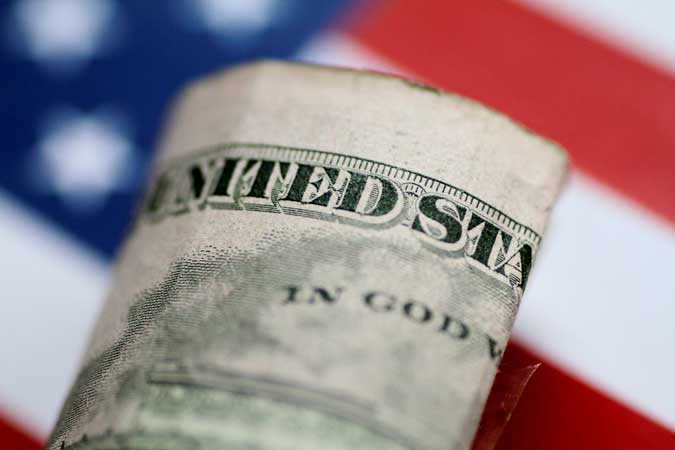Philippines to launch dollar bond issue

THE PHILIPPINES returned to the global bond market for a third time this year with its dual-tranche offering of US dollar-denominated bonds on Monday, a top official said.
National Treasurer Rosalia V. de Leon told reporters the Philippines will be offering dollar bonds with tenors of 10.5 years and 25 years at benchmark sizes, or around $500 million for each tenor.
Documents showed the initial price guidance is set around the level of Treasuries plus 90 basis points and 3.55% for the 10.5-year and 25-year bonds, Reuters reported.
Bank of China, Deutsche Bank, Goldman Sachs, Morgan Stanley, MUFG, Standard Chartered and UBS have been tapped as joint bookrunners.
S&P Global Ratings said it assigned a “BBB+” long-term foreign currency rating to the proposed US dollar senior unsecured notes to be issued by the Philippines.
According to Bloomberg, Fitch Ratings gave a BBB (stable) rating for the issuance, while Moody’s Investors Service assigned it with a Baa2 (stable) rating.
Ms. De Leon said proceeds from the latest global bond sale will fund the national budget.
The 10.5-year notes will mature on Jan. 6, 2032, while the 25-year bonds will mature on July 6, 2046.
The Philippines is planning to raise a total of $7 billion (P340.5 billion) from the international debt market this year, Ms. De Leon said.
The government raised $500 million from a yen-denominated Samurai bond issue in March, and sold $2.5 billion worth of euro-denominated notes in April.
Finance Secretary Carlos G. Dominguez III said in April that the Philippines aims to sell dollar bonds before interest rates rise this year.
Last year, the country tapped the US global bond market twice: raising $2.75 billion in its dual-tranche offering in December and another $2.35 billion in April.
The government wants to borrow P3 trillion from local and foreign sources this year to fund its budget deficit seen to widen to 9.3% of gross domestic product.
The government is ramping up the implementation of infrastructure projects and purchasing more coronavirus vaccines this year.
The economic team set an 85:15 borrowing mix for the year in favor of domestic sources to minimize risks from foreign exchange volatility and other external developments.
The government set a 6-7% growth target for the Philippine economy this year, lower than initially expected but still better than the record 9.6% contraction in 2020. — B.M.Laforga and Reuters
